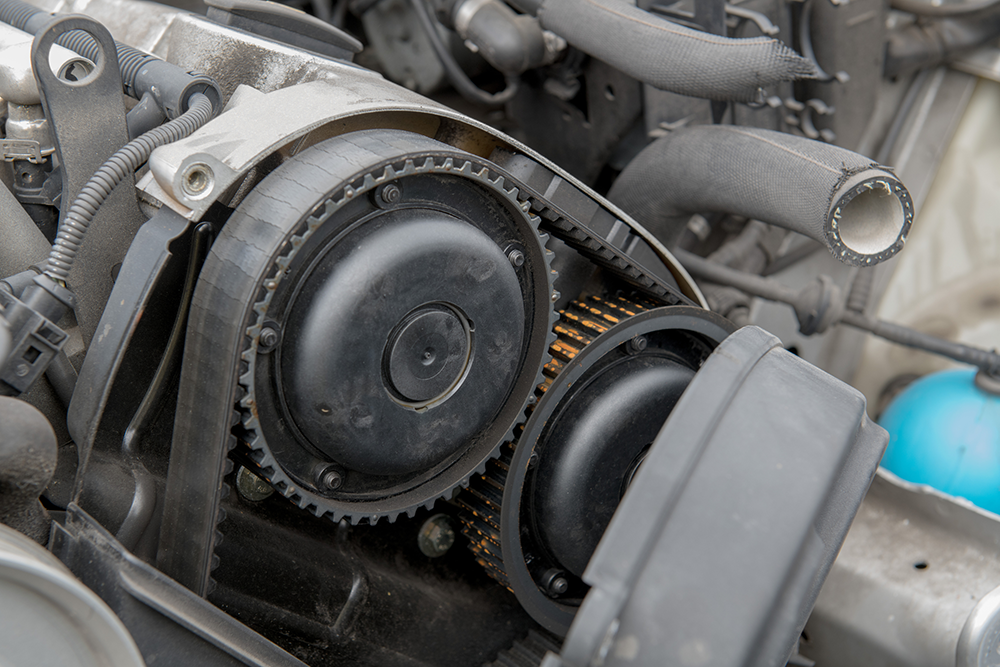Why You Should Take A Peek At Your Vehicle's Belts, Hoses

Modern engines have a variety of critical belts and hoses, and they’re easy to take for granted--until they snap or crack.
“Belts and hoses might be mundane items in the back of the mind for most drivers,” said Tony Molla of the Automotive Service Association. “But maintaining and replacing them is as important as changing your oil.”
A routine inspection can help prevent severe engine damage and keep you from getting stranded, Molla said.
For vehicles with a serpentine belt, Molla emphasized regular inspection. If the belt snaps, your vehicle cannot be driven and need a tow. A broken serpentine belt is the most common mechanical reason for roadside assistance.
The serpentine belt drives most of the power assisted components of your car including the air conditioning compressor, power steering pump, water pump and alternator. Fortunately, serpentine belts are exceptionally durable and only need minimal attention once installed.
Worn serpentine belts no longer provide a tight grip on the pulleys of other engine components and affect their performance.
For instance, the vehicle alternator may not adequately charge the vehicle battery. Power steering components may not operate properly, and your vehicle may be difficult to turn. Or your passengers may notice low air flow caused by inefficient operation of the A/C compressor.
Ask your service technicians to inspect your serpentine belt during your next routine maintenance service. As a general rule of thumb, most hoses need to be replaced at the 100,000-mile mark.
“Check your owner’s manual,” said Molla, who explained manufacturers recommend different service intervals. “There isn’t anything you can do to extend the life of a hose. Eventually they deteriorate and need to be replaced.”
Molla had the following advice for keeping belts and hoses in good working condition:
- Ask your service advisor to check belt tension and inspect for cracks. A broken belt can cause your engine to overheat and leave you stranded.
- Identify squeaks and squeals. They may indicate belts or belts that need to be tightened or replaced.
- Avoid relying on temporary “fixes.” Products designed for eliminating belt squeals may help reduce noise but can mask another problem with the belt that needs attention.
- Look for leaks. Fluid drips may be a sign of a broken, worn out or punctured hose. A leaky hose can cause a variety of problems such as overheating your engine or preventing the air conditioning compressor from working and cooling the passenger compartment.